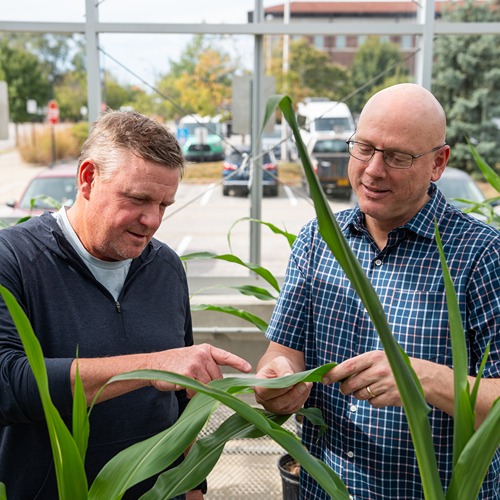FNR Field Reports: Sweden Study Abroad Week 4 Update - Keegan Abeson
Throughout the 2023 Sustainable Natural Resources study abroad course in Sweden, FNR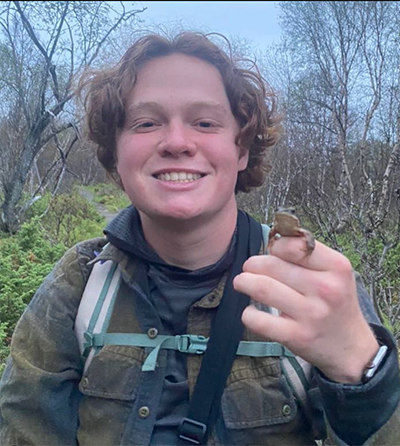 students will check in to provide weekly updates on the trip highlights. Providing the Week 4 update is senior Keegan Abeson, a wildlife major and forest ecosystems minor. Abeson is the current vice president of the Purdue Student Chapter of The Wildlife Society and also is an FNR Ambassador.
students will check in to provide weekly updates on the trip highlights. Providing the Week 4 update is senior Keegan Abeson, a wildlife major and forest ecosystems minor. Abeson is the current vice president of the Purdue Student Chapter of The Wildlife Society and also is an FNR Ambassador.
During the four-week Sustainable Natural Resources study abroad course students will examine natural resources broadly defined, including forestry, fisheries, wildlife, agriculture, mining, outdoor recreation, and urban sustainability. They will define, discover, and document examples where sustainability of resource use matters. The course explores the effect of terrain, climate, vegetation, faunal assemblages, social structures and technologies on natural resource use. FNR 46000 is a collaboration of Purdue University, North Carolina State University, and the Swedish University of Agricultural Sciences. American and Swedish students work together to research issues in resource management.
The course is co-taught by FNR's Drs. Tomas Hook, Barny Dunning and Doug Jacobs as well as other instructors from NC State and SLU.
Sunday, July 23
On Saturday night we went on a night hike to a lake called Abeskojavri in the Abisko National Park. We did not get back to camp until around 2 am on Sunday. The rest of the day was used to catch up on sleep, and work on cleaning/packing up cabins. I also went on a small walk along the river called Abiskojakka from camp.
Monday, July 24
Today was mainly a travel day. We had to check out of our cabins by 10am, and we were hanging out in the Abisko Tourist Station and in the park until the afternoon when we boarded a night train. We would be on the train for a total of 14 hours traveling south from Abisko to Uppsala. The train was very interesting. We were all in rooms of 3 or 6, with a seat bench and a bed above. In the rooms the back of the bench folded up into a third bed on the wall. It was a bit cramped but it was a lot of fun.
Tuesday 7/25
Our train arrived in Uppsala around 8:30 am, where we went and checked into the City Stay hostel, the same one we stayed in at the very start of the trip. We had a large group meeting, and after everybody split into their respective groups to work on our final presentations. Today, Wednesday, and Thursday are all free days in order for people to finish up their projects/presentations.
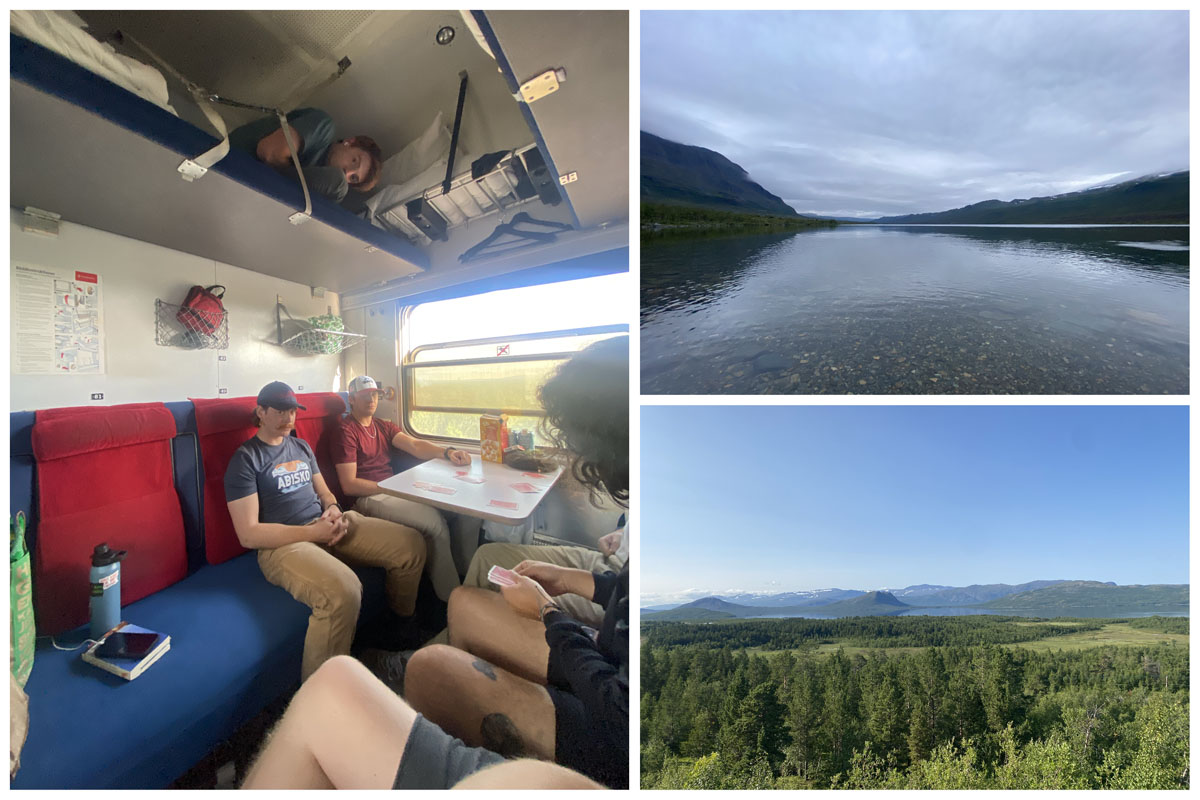 A view inside 6-person cabin on the night train; a view of Abeskojavri Lake; a view from the train when the group woke up in Uppsala
A view inside 6-person cabin on the night train; a view of Abeskojavri Lake; a view from the train when the group woke up in Uppsala Wednesday 7/26
Today I met up with my group to work on our project at SLU's campus. In the afternoon I went to the Carolus Linnaeus museum and gardens with some friends. It was a super interesting museum that talked about the history of his science and what he did in his gardens.
Thursday 7/27
Similar to yesterday, my group met up to work on our final project in the morning. In the afternoon I went to the Museum of Evolution at Uppsala University. The museum focused on evolutionary biology, specimen collections, paleontology, and mineralogy.
Friday 7/28
Today was the last day of the course, and the day of our final presentations. All seven groups presented their different topics. There were lots of creative presentations such as Jeopardy, a documentary, a mock town hall, and more. Topics being presented included biodiversity management, water, unavoidable changes, conflicts of natural resources, etc. It was a great way to end out month by getting an overview of everything we had learned for each topic.
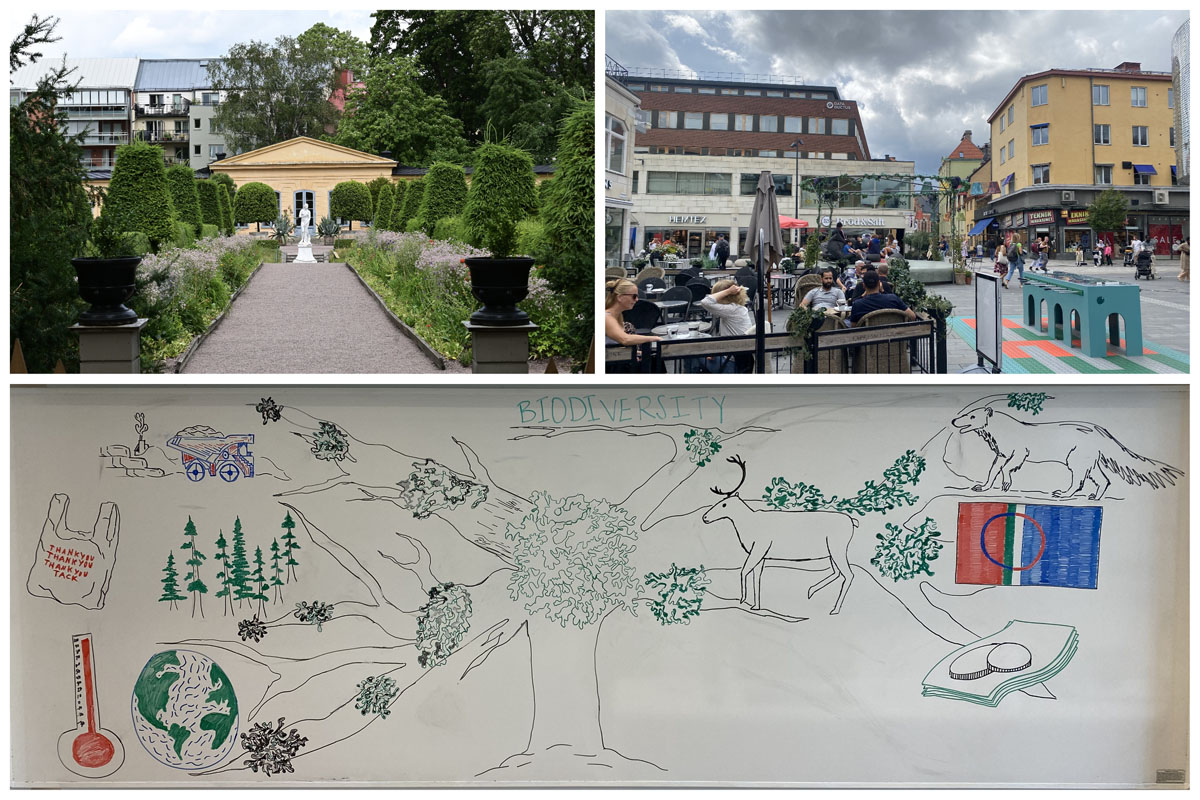 Row 1: Linnaeus Gardens; one of the city squares in Uppsala; Row 2: a drawing on a whiteboard showing the Biodiversity Management group's presentation
Row 1: Linnaeus Gardens; one of the city squares in Uppsala; Row 2: a drawing on a whiteboard showing the Biodiversity Management group's presentation Saturday 7/29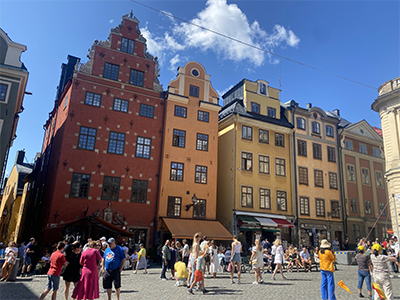
The course is technically over now, but before I went back to the United States on Sunday 7/30 I spent the day in Stockholm. I was able to explore some of the most well-known streets, the royal palace, and a super cool area called Gamla Stan (old town).
This trip was absolutely amazing. We were able to go to so many cool places, meet some amazing people, and learn so much from it all. It was also so great to have people from Purdue, NC State, and SLU in order to provide different perspectives and cultures. I had the time of my life and made lifelong friends and memories on this trip to Sweden.
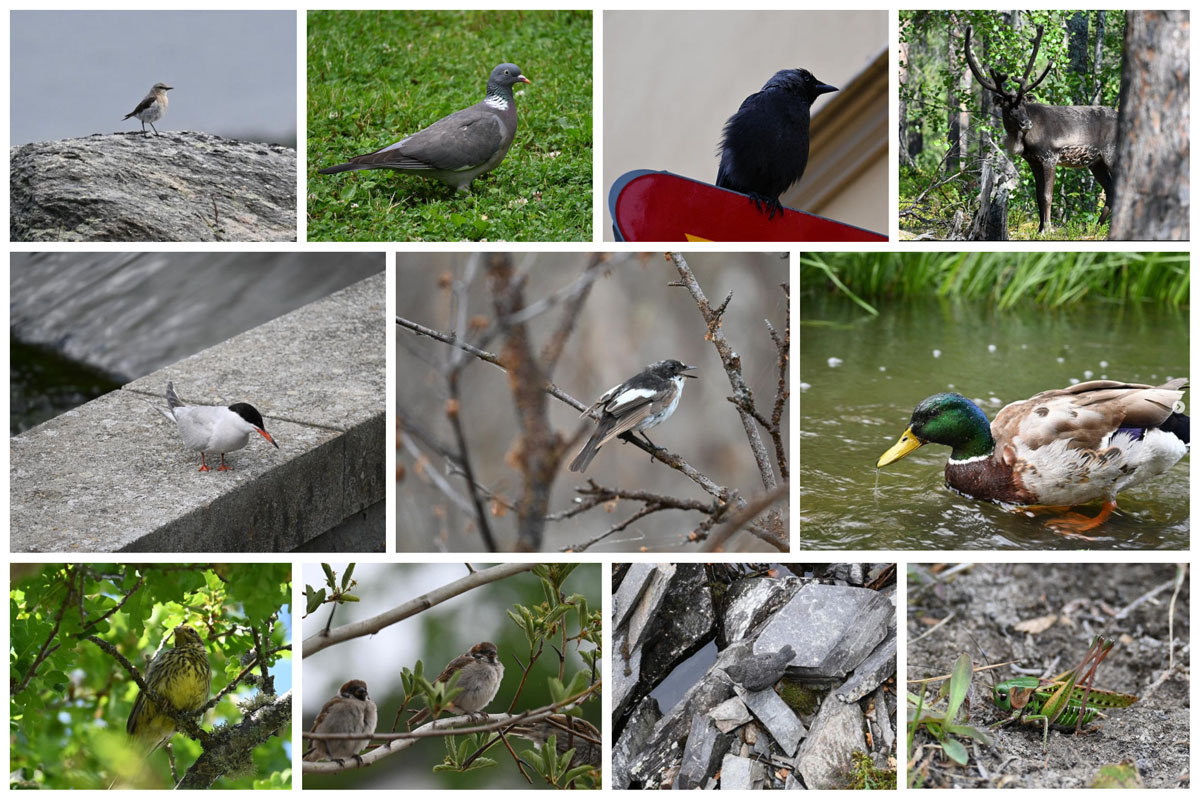 A collage of the wildlife and birds Abeson saw in Sweden and Norway. Top row (Left to Right): A common wheatear; a common wood pigeon; a Eurasian Jackdaw; a reindeer. Row 2: A common tern; a European Pied Flycatcher; a mallard; a Yellowhammer; a Eurasian tree sparrow; a White-throated dipper; and a wart-biter.
A collage of the wildlife and birds Abeson saw in Sweden and Norway. Top row (Left to Right): A common wheatear; a common wood pigeon; a Eurasian Jackdaw; a reindeer. Row 2: A common tern; a European Pied Flycatcher; a mallard; a Yellowhammer; a Eurasian tree sparrow; a White-throated dipper; and a wart-biter. 



